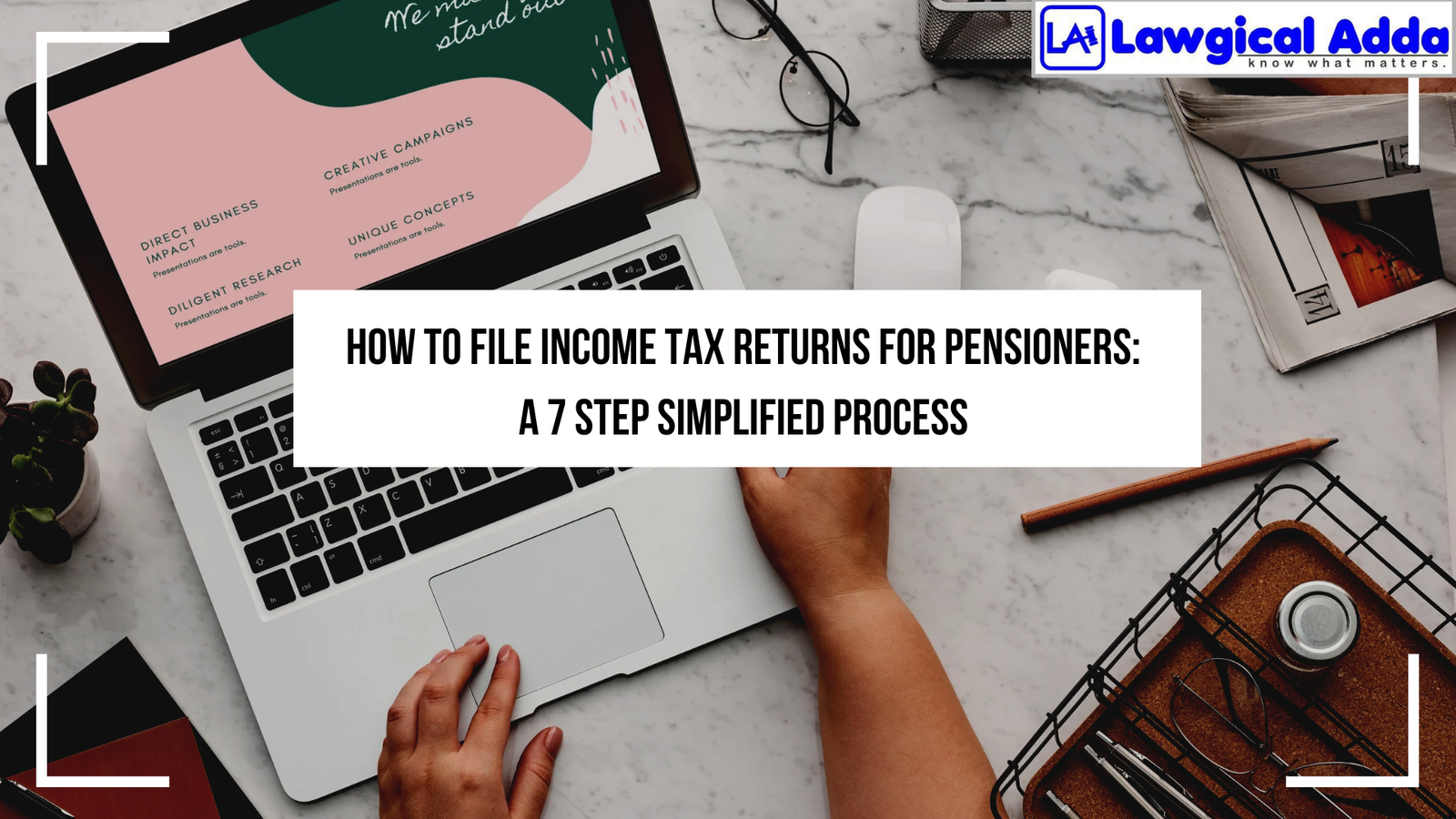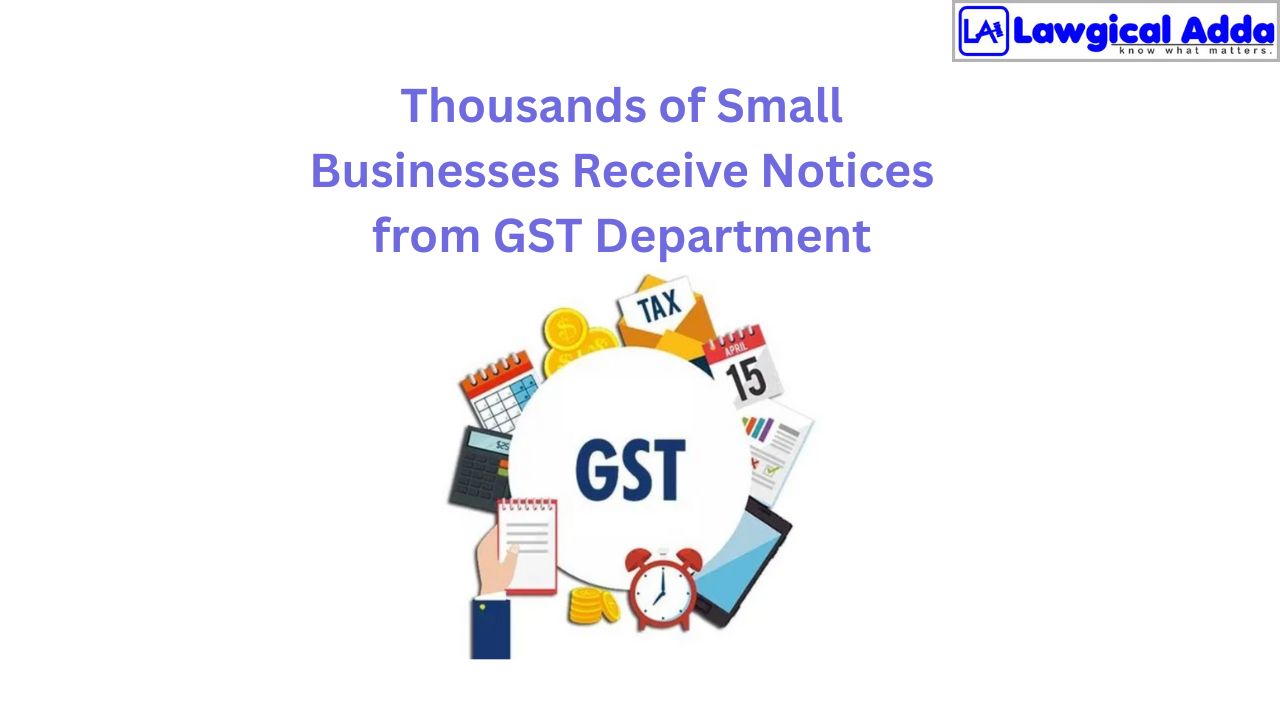How to File Income Tax Returns for Pensioners: A 7-Step Simplified Process

Table of Contents
Introduction
According to their chosen income tax regime, everyone whose yearly income is above the basic exemption limit must pay income tax.
This thorough instruction will be helpful if you are a retiree asking “how to file income tax returns for pensioners” per the forecasted 2024 rules.
ITR for Government Retirees and Pensioners
The IT Act categorizes pension income from a previous employer—private or public—under the heading “Income from Salary” and family pensions under “Income from Other Sources.”
Both are subject to taxes based on the income tax slabs for which older folks are eligible. Taxes are not due if your income exceeds the basic exemption threshold. View the basic exemption thresholds for Fiscal Years 2022–2023 and 2023–2024.
Important Information for Pensioners Filing their ITR
Remember the following items when you file your pension income tax returns.
ITR Category : ITR 1 – Sahaj
All people who get a salary are required to complete Income Tax Form 1. A retired person’s ITR will be ITR 1-Sahaj, just like their pay.
A pension is considered salary income for tax purposes because it is a form of compensation obtained following a specific amount of service at the company.
Documents Needed
- The ITR 1 filing process requires the following documents:
- Forms 16 and 16A address all salary, bifurcation, and tax deductions made during the fiscal year. Corporate HR provides them at the end of the year.
- The statement detailing TCS and showing TDS deducted is 26 AS (For Documented Income Verification). This document, which confirms the TDS deduction on the salary, is optional. After logging in, go to the “Services” page on the Income-tax portal to download it.
- To claim a deduction, the PAN number and additional information regarding the date and amount of the payment must be provided, as well as investments in mutual funds, insurance payments, and donation receipts.
Head of Income
Pension income will be reported under the “Income From Salary” head of income. When filing pensioners’ income tax returns, choose a salaried head.
Standard Deduction
A pension’s standard deduction is permitted for those over 60, up to ₹50,000. Senior citizens may claim this while filing their ITRs.
Employees under 60 may deduct ₹40,000 from their total salary income. A family pension may deduct up to ₹15,000 while completing an ITR Form for a pensioner.
Step-by-step instructions on how to file income tax returns for pensioners
Step 1
- Gather the necessary paperwork
- Before beginning the filing procedure, collect all required paperwork, such as:
- Pension certificate: Presented by the bank that disburses pension funds or your employer.
- Form 16: Please indicate if you are employed by anyone else.
- Interest earned on savings accounts or fixed deposits is reflected in bank statements.
- Investment proofs: Records about Section 80C, 80D, and other investment-related matters.
- Home loan interest certificate: If you have a home loan, this certificate tells you how much interest you must pay each month.
Step 2
- Select the appropriate ITR Form
- ITR-1 (Sahaj) is typically the correct form for pensioners if:
- You receive money from a pension or paycheck.
- You receive income from a single residential property (except when a loss has been brought forward or needs to be carried forward).
- Other than lottery prizes and racehorse revenue, you have other sources of income.
Step 3
- Open the income tax e-filing portal and register.
- Register at the official Income Tax e-Filing website if you still need to.
- You must provide a valid email address, mobile number, PAN, and Aadhaar.
Step 4
- Connect PAN and Aadhaar
- Linking your PAN and UID number is required.
- You can accomplish this by entering your UID number and completing the verification procedures on the e-filing portal.
Step 5
- Complete the ITR form.
- Once you’ve logged in, do the following.
- Decide on the assessment year (2024–25).
- Choose the ITR form: Choose ITR-1, Sahaj.
- Enter your data here: Ensure all your personal information is entered accurately.
- Information about your income: List your pension, interest income, and any additional sources of revenue. Include the interest paid on any house loan from Bajaj Housing Finance under Section 24(b).
- Please provide details about the deductions and exemptions available under different sections, such as 80C (health insurance premiums), 80D (investments in PPF, NSC, etc.), and 24(b) (interest on house loans).
Step 6
- Verify your return
- Once all the information has been entered, verify the return.
- You can submit an electronically signed ITR-V form to the Centralized Processing Centre (CPC) in Bengaluru, or you can do it through Net Banking, Aadhaar OTP, or both.
Step 7
- Send in your ITR
- After verification, send in the ITR. An acknowledgment will be sent to the registered phone number and email address.
Conclusion
As a pensioner, tax management might be a doable chore. You can maneuver through this scenario if you are familiar with the pension requirements, know which ITR form to use, and maximize the benefits of the various exemptions and deductions.
This will lower your liabilities and help you handle your tax filings more effectively. It is advisable to be informed and make future plans to ensure a stress-free and seamless transition to retirement.
Ready to file your Income Tax Return? Whether it’s ITR-1, ITR-2, ITR-3, ITR-4, ITR-5, ITR-6, or ITR-7, we’ve got you covered! Need to respond to a tax notice or handle TDS filings? We can help with that, too.
Get Your GST Compliance Sorted with Lawgical Adda! Whether it’s GST Registration, GST Return Filings, GST Annual Returns, GST LUT Filings, or GST Registration Cancellation, we’ve got you covered!
Lawgical Adda’s solution provides end-to-end management of corporate governance and secretarial compliances, encompassing every phase of the entity life cycle. Don’t hesitate to get in touch with us if you want more information on the compliance standards and to outsource them to us.




